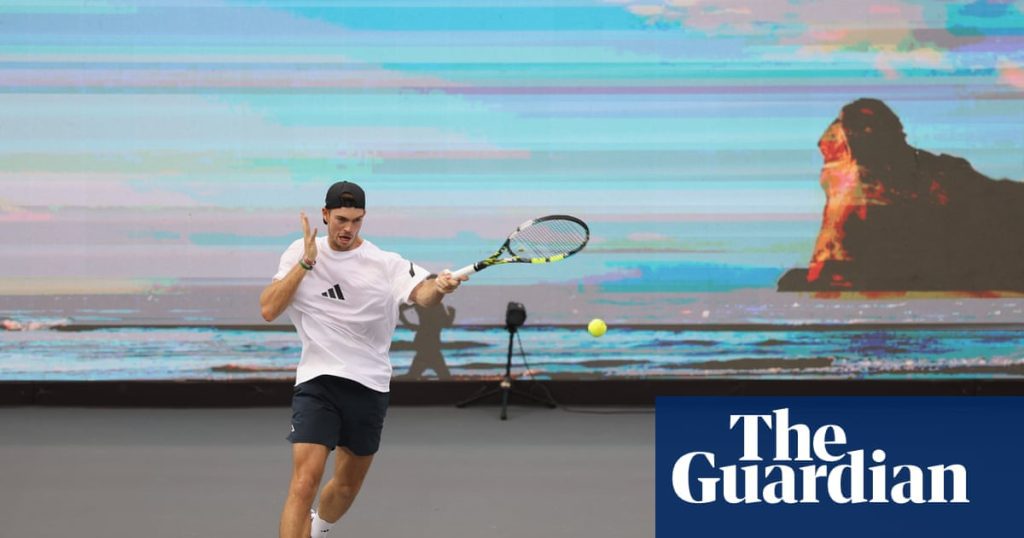Less than a year after reaching the quarter-finals at Wimbledon on the prestigious No 1 Court, Cristian Garín found himself thousands of miles away, competing on a hard court in Nouméa, New Caledonia.
The Chilean player, who once held a career-high ranking of world No 17, entered an ATP Challenger event—a level typically attracting players ranked outside the top 100—due to a wrist injury that sidelined him from two ATP Masters 1000 tournaments. By January 2023, Garín’s ranking had slipped to a precarious No 82.
The ranking system in tennis, based on players’ performances over the past year, is unforgiving. Even former elite players like Garín can find themselves struggling after a downturn in form. “Initially, it was hard to stay motivated,” the 29-year-old reflected after a long pause.
“The cities and conditions are not as appealing as those at major tournaments. The Challenger circuit is challenging. It can be incredibly frustrating to win numerous matches and still be outside the top 100. It feels overwhelming.”
The life of a tennis player often contrasts starkly with the glamorous image portrayed by top players like Carlos Alcaraz. Those on the fringes of the top 100 experience a grueling life of constant travel, financial constraints, and isolation.
Kevin Clancy, a sports psychologist who has consulted with leading Irish athletes, believes tennis is one of the most psychologically taxing sports. “Only about 20% of your time is spent on the court; the rest is filled with mental preparation,” he states.
Many players endure extreme hardships, sometimes sharing cramped motel rooms and struggling to afford meals. “They often play in front of a handful of spectators in isolated locations, making it a significant mental challenge,” Clancy noted.
Players like Dusan Lajovic, who once found joy in international travel, have faced mental health struggles over time, dealing with the stresses of a rigorous schedule. He emphasized that the sport requires not just physical ability, but also resilience to endure the emotional toll and the inability to establish a stable personal life.
As players dedicate years—often more than two decades—to reach competitive levels, the disparity in success is stark; many invest deeply but do not achieve their dreams. Stories like those of Taro Daniel and Maximilian Marterer highlight the sacrifices made by players, including missing precious moments with loved ones.
Some, like Nikoloz Basilashvili, have endured financial losses despite being seasoned professionals, a reality grimly echoed by lesser-ranked players. They must constantly fight to maintain their passion for tennis, even when faced with the harshness of the tour.



